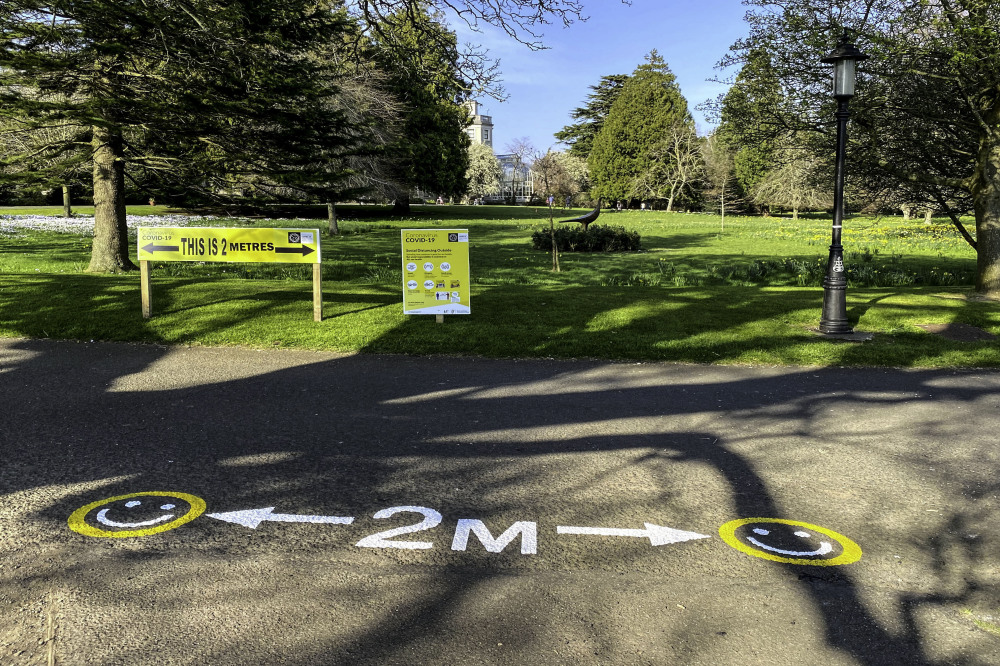Social distancing is not easy – and that's putting it mildly. Keeping two metres apart from other people when you're out and about can be difficult to judge, but it's also hard to keep your emotions in check when you see other people breaking the rules.

Suffering with social distancing rage? You’re not alone
From joggers who run up behind you, panting, to couples holding hands on the pavement, when you've spent weeks or months keeping your distance, it can actually bring on a lot of anger to see other people not keeping theirs.
The rage is real – and it's something many of us are experiencing, says environmental psychologist and wellbeing consultant Lee Chambers: "With the distancing measures setting a boundary, both in our minds and vision, we naturally feel this will protect us during these challenging times.
"Many of us are in a heightened state of anxiety, and, combined with the boundaries we've set, this leaves us feeling vulnerable and threatened when people violate the perimeter.
"And this in turn leads us to feel anger at the individual putting us in danger, and not honouring the rules."
"We also socially compare to see if others are taking the rules seriously, as we frame the rules as something that protect all of us," continues Chambers. "The feeling of people being irresponsible at a time of crisis is enough to make the blood boil, especially when what we are up against as a human race is a virus that could potentially end our life."
It's a bit like road rage for some – especially when it comes to queues. We might be waiting to pay behind someone who is refusing to keep their distance. As we wait, the anger builds.
Another classic is when you go for a walk and you anger-inducingly spot people together who are clearly not from the same household. You've been staying away from your family and friends; how come they aren't?
You want to scream, take a photo, or even report them. What you might actually end up doing is staring for a while, muttering under your breath before moving on, huffing, or texting a friend about what you've seen for reassurance.

"The biggest piece of advice is to take a step back and breathe; understand that you can choose how to respond to anger," says Gemma Leigh Roberts, organisational psychologist and founder of Career Compass Club.
"It's harder when things are so emotionally charged at the moment and we may have genuine fear about our health, or anger that others aren't sticking to the rules. But the biggest question you should ask yourself is, 'Will this anger serve anyone?' Yourself included."
"We're getting angry because we feel upset by people breaking and not honouring the advice given to keep us safe. But anger can cause us to jump to conclusions, and to be judgemental and less empathetic towards others," notes Chambers.

"Often, our anger can be justified, it's a negative emotion that we need to experience as part of being human. What is vital is that we let it come, understand it, and find a positive way to channel it."
So, how can you address your rage? The first step might be to find a place to walk or exercise that offers more space, at a time when it's less busy. You might feel the urge to shout, 'That's not two metres!' at people, but you're only winding yourself up, says Chambers: "A big part of channelling our anger is to understand it, and we are in a frightening time that is different to the normal we are used to.
"It helps to take a breath, and consider the other person. Have they intentionally invaded your personal space?"
Consider whether you could have kept further away yourself, or whether there's something you could do about it. But remember, perhaps the best way to get rid of the rage is to walk on by – and keep your own distance. Then have a really good scream once you've got away from them!

